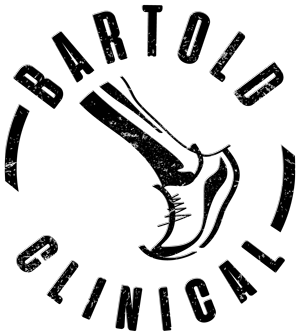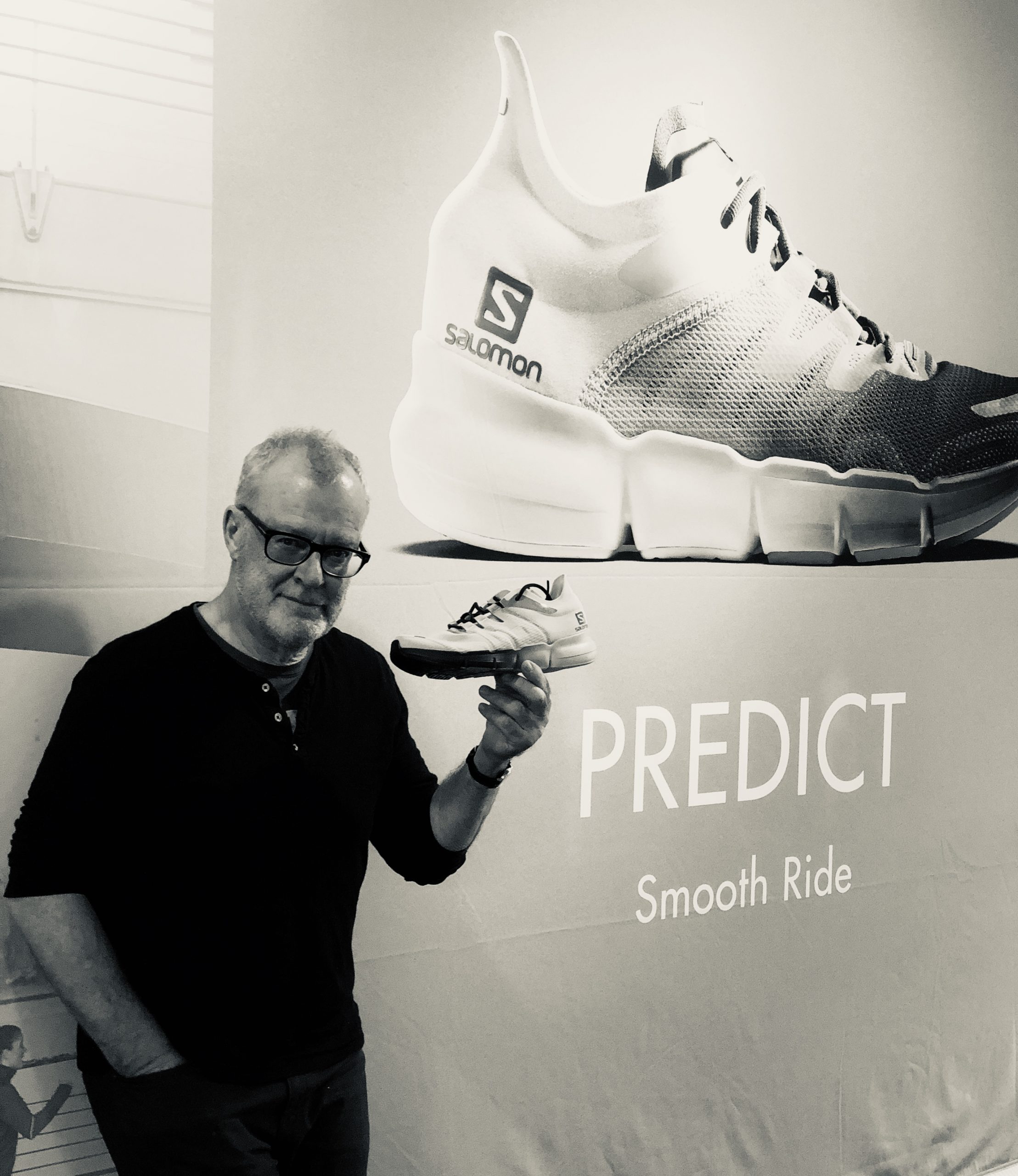
Using various forms of light as a medical treatment goes by the rather lofty moniker of photobiomodulation therapy, or, PBMT just so ya do not get a sore tongue saying it.
It is almost impossible to discuss PBMT, also known as low-level laser therapy (LLLT), also known as cold laser therapy without conjuring up an image of Dr Evil and his frickin laser beams

and it may well be that using LLLT is about as successful as Dr. Evil’s plans for world domination!
Let’s dive in and explore what we know.
Well, a cursory dig around the internet has yielded an astonishing array of promises for safety and efficacy, including one banner headline proclaiming
PHOTOBIOMODULATION THERAPY IS A SAFE, EVIDENCE-BASED TREATMENT
This august website, which naturally promises to heal with laser, further claims
Extensive studies show that PBMT is effective in treating a wide range of conditions
Unfortunately, despite searching, none of these studies were referenced which is a major bummer, however, the list of things it heals is nothing short of incredible..
-
General pain management (acute and chronic)
- Contusions
-
Head and neck pain
- Ecchymosis
-
Soft tissue injuries and wound healing
- Bursitis
-
Arthritis, Arthritic joint pain
-
Achilles Tendonitis
- Nerve injury
-
Tendinopathy and articular diseases
-
Joint disorders
-
Soft Tissue and Oral Medicine
-
Surgery
-
Oedema, lymphoedema and haematoma
-
Carpal tunnel syndrome
- Muscle sprains
-
Orthopaedic implants
-
Leg Ulcers – (poor diabetic wound healing)
-
Plantar Fasciitis
-
Rehabilitative therapy
- Epicondylitis
All this translates into diagrams like this, which are a feature of the internet

I am particularly impressed that LLLT can heal a Baker’ Cyst, car accidents and Bell’s Palsy.
Well.. all I can say is… WOW!
 and.. I am probably inclined to call bullsh*t immediately! However, we are all about due process here at BC, so let’s dig a little deeper.
and.. I am probably inclined to call bullsh*t immediately! However, we are all about due process here at BC, so let’s dig a little deeper.
So, what is the theory behind LLLT. Well, like a lot of machine based treatments, LLLT purports to stimulate healing, which is the opposite to burning off James Bond’s goolies per this scene from Goldfinger

An alternate use for Laser is to assist evil geniuses like Aurich Goldfinger in his quest to separate James Bond from his wedding tackle
That aside, let’s take a look at what evidence there is to support LLLT.
In 2014, Alves et al published a systematic review of 17 papers about LLT specifically for the “short-term” treatment of muscle injuries. They found that it reduced inflammation, and stimulated the growth of new blood vessels, and improved muscle recovery. They concluded that LLLT is an
“excellent therapeutic resource for the treatment of skeletal muscle injuries.”
Now this was not a bad study at all, systematic reviews are just a tad behind RCT’s in terms of evidence.
But, as often happens, there was a catch, and that is that the Alves study only included animal studies, because, up until then, that is all there was!
The unfortunate fact is that we must discount animal studies in relation to humans for the most part, because often what works on animals does not work on humans.. because we are not rats.. or rabbits.. etc.
OK, so 2014 is a far distant 10 years ago now.. I looked a lot different 10 years ago and had an abundance of hair, see below. WHAT has happened since?

An image of Simon from early 2014: Note hair
Well, in 2021, a new, high-quality and now quite famous trial was published in the high-impact journal Pain that kinda made us all sit up and pay attention. This was a human trial, well-designed and correctly executed. And, it was placebo-controlled, my favourite!
Guimarães et al compared laser therapy to a premium placebo in 148 Brazilians with chronic unexplained low back pain. Pain and disability were tracked for a year, plus some other secondary measures. Patients got a dozen treatments over a month. Half received real laser therapy, and the other half got… the exact same machine but emitting only an innocuous red light. Nice!
Since LLLT involves no sensation of anything whatsoever, other than visible light, there was absolutely no way the subject could guess the intervention. Great study!
What did the study find?
Well, it found pretty much exactly what I was expecting:
Photobiomodulation therapy was not better than placebo in reducing pain and disability in patients with chronic nonspecific LBP
More specifically, there was no clinically important difference in pain intensity, general disability, or any secondary outcome after one, three, six, or twelve months.
We do not put all our eggs in one study basket, but, this is a really good study, AND, it was published in a really good, very high impact journal, which does count for something.
By contract most studies of laser therapy have been published in obscure and often irrelevant journals.
One of the single biggest issues with LLLT is that no one seems to know what the correct dosage should be, and that is a problem no matter what the therapy might be.
The Guimarães et al study suggested that “the optimization of PBMT parameters.” was important, in other words, tweek the dials a bit and try to figure out what is best. The kicker for this study is that the researchers followed the frequencies and intensities recommended by the World Association of PhotobiomoduLation Therapy.
Now this is a huge problem because it means that the officially endorsed method is utterly ineffective and laser therapy as we know it today is based on guesswork, not evidence.
Are there any positive studies in relation to LLLT?
Yes, there are, including one that was published just a month or so ago.

This is actually a Prospective Comparative Study with a level II of evidence.
The authors took a convenience sample of adults with PF and randomly assigned to one of three groups: (1) usual care, (2) usual care plus nine doses of PBMT with 25W output power over three weeks, or (3) usual care plus nine doses of PBMT with 10W output power over three weeks. Both 10W and 25W PBMT participants received the same total dose (10J/cm2) by utilizing a simple area equation. Pain (with Defense and Veterans Pain Rating Scale) and function (by Foot and Ankle Ability Measure) were measured at baseline, weeks 3, and 6 for all groups, and at 13 and 26 weeks for PBMT groups.
The usual care protocol consisted of stretching and strengthening including soleus and gastrocnemius stretches, Di Giovanni mobilization and stretch, balance, inversion/eversion strengthening and calf raises.
This study concluded
The standardized PBMT protocol plus UC resulted in statistically and clinically significant decreased pain and improvements in function compared to usual care alone
Was there a problem? Yes there was, and it is that this was not a placebo-controlled study, so the positive outcomes of this study are limited by the absence of a sham treatment group. Every subject who received LLLT knew they were getting this treatment.

Why does this man have a laser up his nose? No idea!
So what do we think, is LLLT bullshitus or not?
Unfortunately the reality is that Laser is sold and embraced more often than not by those with the almighty buck in mind. And unfortunately, those using it have no idea if they are using the right kind of laser, at the right dosage for a specific tissue, AND that this probably will change from tissue to tissue! So if a result is achieved, it is most likely down to good luck than evidence-based management.
In light of this, and what has been published to date, it is difficult to imagine that LLLT offers much more to either clinician or patient than Monty Python’s famous “machine that goes PING“!

Written by
Simon Bartold
Founder and Director
Bartold Clinical




Leave a Reply
You must be logged in to post a comment.